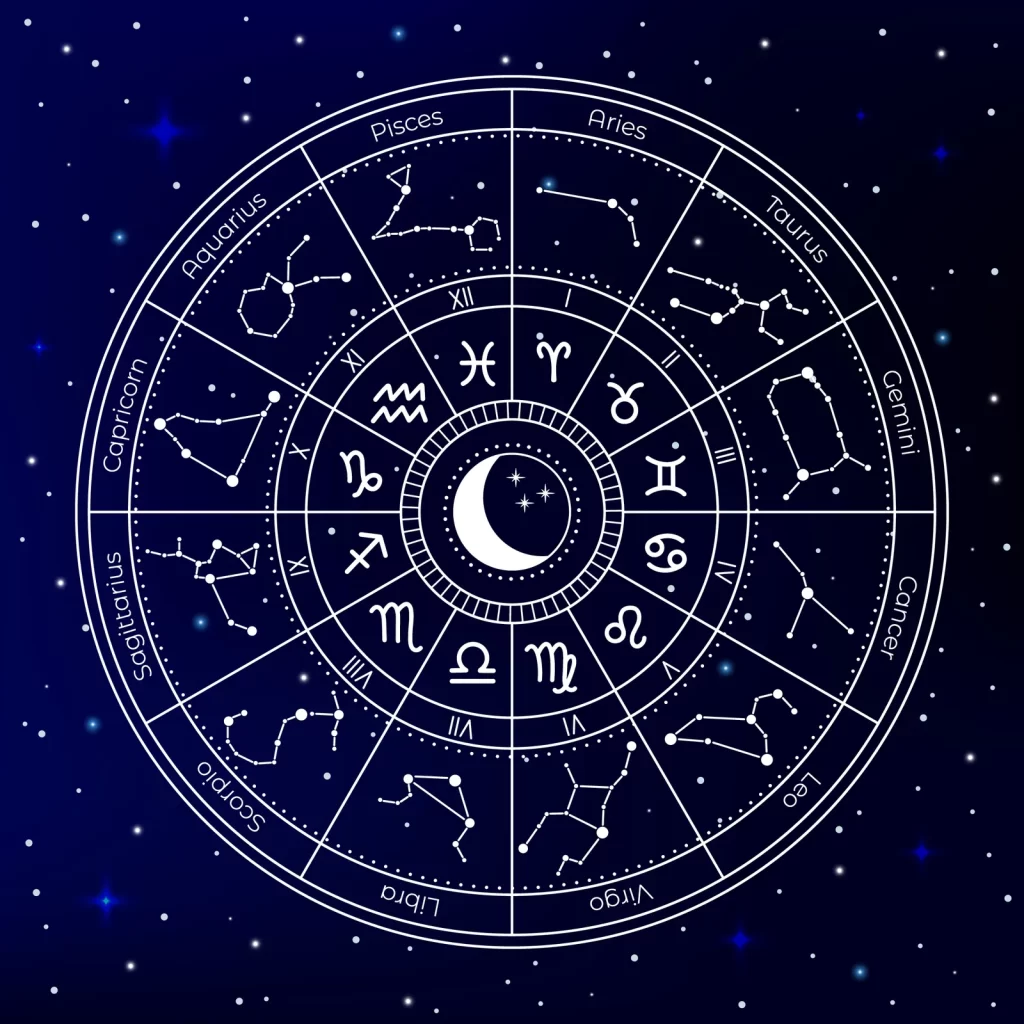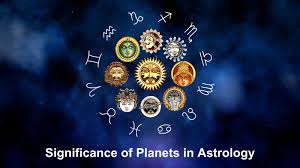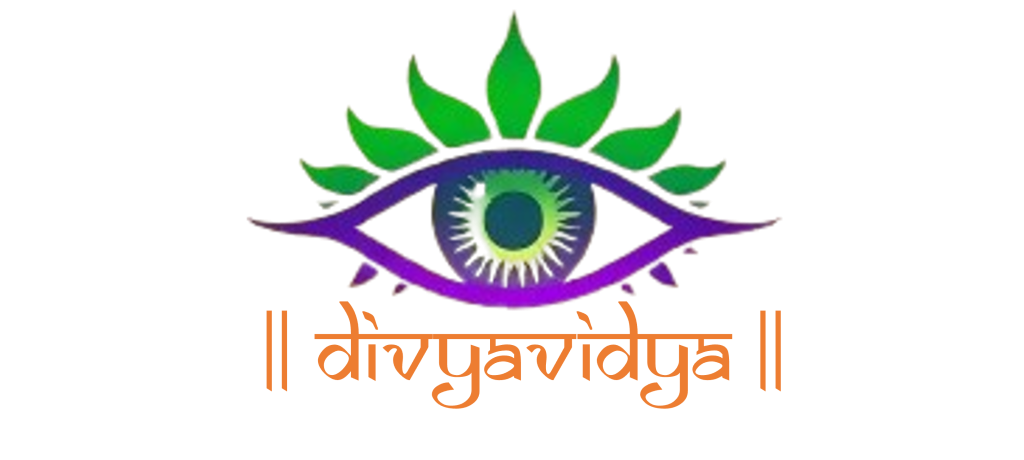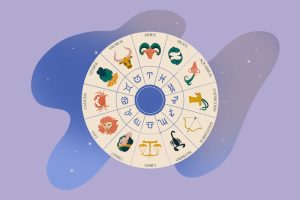
Introduction to Birth Chart Analysis
For centuries, astrology has been a tool for self-discovery and guidance. The birth chart, also known as a natal chart, offers a personalized map of your personality, life path, and tendencies. Unlike the daily horoscope, which provides general insights, a birth chart is unique to you. It’s calculated using your birth date, time, and location. This guide introduces the basics of understanding your horoscope through birth chart analysis, helping you explore the deeper layers of your personality.
What Is a Birth Chart?
A birth chart is a snapshot of the sky at the moment of your birth. It reveals the position of the planets, the moon, and the sun in relation to each other and your location on Earth. This chart serves as a blueprint of your personality and life journey. Each component in the chart, from zodiac signs to planetary placements and houses, plays a unique role in shaping who you are.
- Zodiac Signs represent twelve personality archetypes that influence our character and preferences.
- Planetary Placements indicate how planets like Mars or Venus impact different aspects of your personality.
- Astrological Houses show where specific energies manifest in your life.
Each element of the birth chart works together to form a comprehensive view of your personality and potential.
The Basics of Zodiac Signs in Birth Chart Analysis
Zodiac signs are perhaps the most recognizable aspect of astrology. They represent different personality traits and are associated with the sun’s position at the time of your birth. However, a complete birth chart analysis goes beyond just your sun sign.
- Sun Sign: The core of your identity, representing ego, drive, and self-expression.
- Moon Sign: Your emotional landscape, instincts, and subconscious reactions.
- Rising Sign (Ascendant): How you appear to others; your first impression and outer personality.
In addition to these three, the other planets occupy specific zodiac signs, each bringing its own influence to different aspects of life. Understanding the unique combination of these signs in your chart is essential for a deeper self-awareness.
Decoding Planetary Placements in Your Horoscope
Each planet represents a particular energy or force within the horoscope. In your birth chart, these energies influence different areas of life. Here’s a breakdown of the primary planets and their meanings:
- Sun: Represents self-identity, ego, and purpose.
- Moon: Governs emotions, intuition, and inner self.
- Mercury: Rules communication, thinking, and learning.
- Venus: Influences love, beauty, and relationships.
- Mars: Represents ambition, action, and drive.
- Jupiter: Expands luck, growth, and philosophy.
- Saturn: Enforces discipline, responsibility, and limitations.
- Uranus: Embodies innovation, originality, and change.
- Neptune: Linked to dreams, spirituality, and creativity.
- Pluto: Represents transformation, power, and rebirth.
Each planet’s sign and position in the chart adds unique characteristics to your personality. For example, a Venus placement in Leo might indicate a love of grand gestures in relationships, while a Mercury in Virgo could point to analytical thinking.

The Importance of Aspects in Astrology
Aspects in astrology refer to the angles that planets form with each other in your birth chart. These angles, such as conjunctions, oppositions, squares, and trines, influence how the planets interact with each other and impact your personality.
- Conjunction: When two planets are close together, intensifying their combined energy.
- Opposition: Planets are opposite each other, creating tension or balance.
- Square: A challenging aspect that encourages growth through struggle.
- Trine: A harmonious aspect that promotes ease and positive energy.
Understanding aspects can help you identify areas of natural strength, as well as potential challenges. For instance, a trine between the Sun and Jupiter can indicate optimism and abundance, while a square between Mars and Saturn may highlight the need to balance ambition with patience.
Exploring the Astrological Houses
The astrological houses are sections of the birth chart that represent different areas of life. There are 12 houses, each linked to specific themes, from self-image to career, relationships, and spirituality. The placement of planets in these houses indicates where specific energies manifest in your life.
- 1st House (Self): Represents identity and outward appearance.
- 2nd House (Values): Relates to money, possessions, and self-worth.
- 3rd House (Communication): Focuses on learning, siblings, and early education.
- 4th House (Home): Associated with family, roots, and emotional foundation.
- 5th House (Creativity): Governs romance, pleasure, and creativity.
- 6th House (Work): Related to health, daily routines, and work life.
- 7th House (Partnerships): Focuses on relationships and marriage.
- 8th House (Transformation): Deals with shared resources, sex, and transformation.
- 9th House (Philosophy): Governs higher learning, travel, and belief systems.
- 10th House (Career): Represents career, reputation, and life goals.
- 11th House (Friendships): Associated with friends, social circles, and aspirations.
- 12th House (Spirituality): Linked to the subconscious, spirituality, and endings.
Each planet’s house placement highlights where its energy is most strongly felt in your life. For example, having Venus in the 7th house might suggest a deep appreciation for partnerships, while Mars in the 10th house may indicate drive in your career.
Self-Discovery Through Astrology
Astrology isn’t just about predicting future events; it’s a powerful tool for self-discovery. Your birth chart serves as a mirror, reflecting your innate traits, strengths, and potential. By exploring your horoscope, you gain insights into your motivations, desires, and emotional patterns.
Each aspect of the birth chart provides clues for self-growth:
- Understanding Emotional Triggers: Your moon sign can reveal how you react to stress and emotional challenges.
- Building Stronger Relationships: Knowing your Venus sign can help you understand your romantic style and compatibility.
- Career Insights: Your Midheaven, or 10th house, points to potential career paths and goals aligned with your skills and interests.
Self-discovery through astrology can be an ongoing journey, offering deeper layers of understanding as you revisit your chart over time.
Symbols and Signs: Decoding Astrological Symbols
Astrology uses symbols to represent planets, signs, and aspects. While they may seem complicated at first, these symbols are essential for interpreting a birth chart.
- Planetary Symbols: Each planet has its own symbol, such as ♀️ for Venus or ♂️ for Mars.
- Zodiac Symbols: The twelve zodiac signs have individual symbols, like ♌ for Leo or ♑ for Capricorn.
- Aspect Symbols: Aspects have symbols, like the triangle for trines or square for a challenging aspect.
Learning these symbols can make it easier to read and interpret birth charts, helping you understand the language of astrology.
Using Astrology for Personal Growth
Astrology can be a valuable tool for personal development. By understanding your birth chart, you can work on personal strengths, address weaknesses, and set meaningful goals.
- Identify Areas for Growth: Look for challenging aspects that may represent areas for personal improvement.
- Develop Self-Awareness: Recognize patterns in behavior, thoughts, and relationships.
- Set Personal Goals: Align your life goals with planetary placements to achieve fulfillment.
By using astrology as a guide for personal growth, you can make empowered choices and foster a deeper connection with yourself.
Life Path Astrology: Aligning with Your Purpose
Astrology can provide clues about your life path and purpose. The North Node, often called the “life path” or “soul purpose” point in astrology, represents qualities to develop and experiences to pursue. Understanding this placement helps you align with a more purposeful life journey.
- North Node: Points to growth areas and challenges for spiritual evolution.
- South Node: Represents past experiences or natural abilities, areas of comfort.
Examining these points can give you a sense of direction, helping you focus on areas that bring meaning and growth.
Conclusion: Embracing Horoscopic Insights
Birth chart analysis offers a roadmap for understanding yourself on a deeper level. From planetary placements to astrological houses, each element of your chart adds unique insights into your personality and life journey. By using this beginner’s guide to astrology, you can begin exploring your horoscope, uncovering new aspects of yourself, and using these insights for self-discovery and personal growth.




